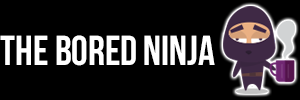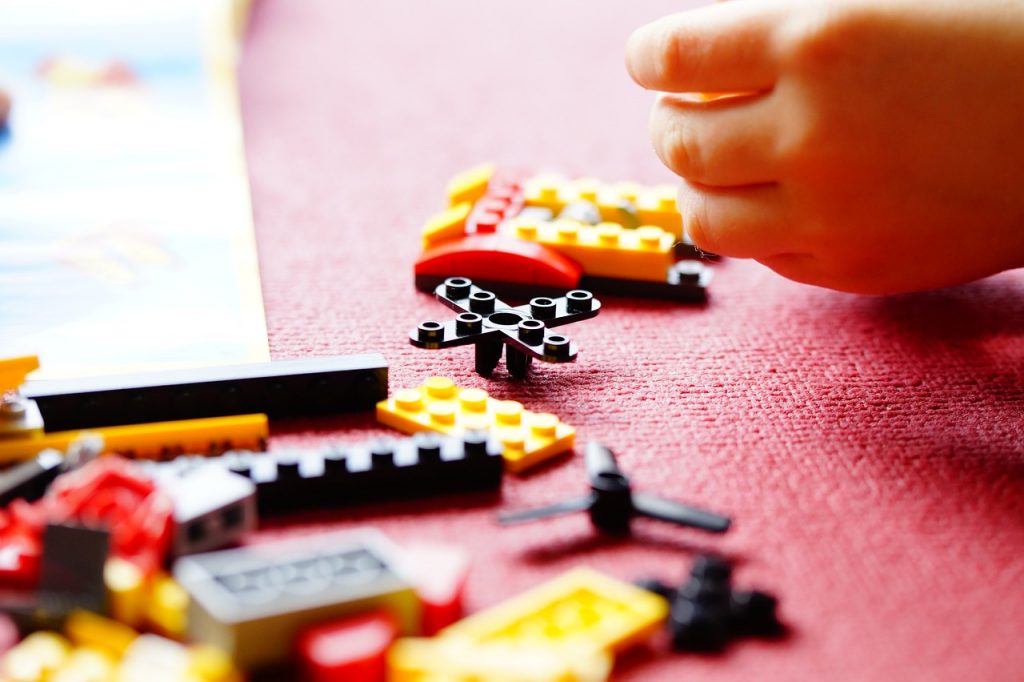What Are The Origins Of Breastfeeding?
As far as breastfeeding practices in modern countries go back hundreds of years ago when European colonists came here, many superstitions about breastfeeding were based on ignorance and ignorance. Formula milk powder can give a baby the same nutrients as breastfeeding.
Breastfeeding has been around longer than most people think, and although it might be uncommon now throughout the world, it still existed before being commercialized by the bourgeoisie. Indeed, caring for the newborn baby’s first breath has almost wholly replaced human culture since its emergence.
Human society has gradually matured from primitive cultures through tribal communities into modern civilizations. Breastfeeding is an essential part of infant care, particularly when other forms of nursing have faded into obscurity.
First, breast milk is the most important for your baby’s health: breastfeeding. Food is the only way for your baby to get all the necessary nutrients. Breastfeeding protects against infections, allergies, and other diseases such as asthma, diabetes and some cancers.
Formula Milk Feeds Can Be Found In Powder, Ready-To-Feed Infant Formulas (RTFs), Or Liquid Formulas:
Powdered formula is the most convenient for you to prepare and store because it requires no preparation. Additionally, it’s effortless to reconstitute the powder into a liquid form using cold water. However, powdered formula is less convenient when taking your baby out of their crib at night or during nap time.
Knowing How To Prepare Formula Powder Is Essential:
There are many ways to prepare formula milk powder; you can buy it from a store or make it at home. Either way, you should know how to mix and store your formula powder properly to use it when needed. The following guide will help you in doing so.
Mixing Formula Powder: First, measure 1 cup of water into a bowl using an electric mixer (or whisk). Then add one tablespoon salt and two tablespoons sugar into the mixture until they dissolve completely into one big liquid mass without forming lumps or clumps during the mixing process; this step is optional but recommended because some people believe adding salt helps improve the taste of their baby’s food even if they don’t have any special dietary requirements for themselves!
When You Decide To Feed Your Baby, Know How Many Ounces Of Formula Milk You Will Need Every Day, At Approximately 6 Oz Each Feeding:
You can get this information by consulting the package or bottle label. The number of ounces per feeding depends on several factors:
- The age and size of your baby.
- How often they need a meal (every 2-3 hours or 4-6 times per day).
- Their current weight.
If You Are Using A Ready-To-Feed Formula, It Comes With The Weight Of The Bottle And The Amount Of Formula Milk Included:
- You can use a ready-to-feed formula with a bottle that has the same weight and amount of formula milk included.
- You can also use a ready-to-feed formula with a bottle that has a different weight and amount of formula milk included.
Once You Have Figured Out Your Daily Needs, Call Your Baby’s Healthcare Provider To Find Out What Type Of Formula Milk To Get:
Call your baby’s healthcare provider to determine what formula milk to use and buy.
Conclusion:
The most crucial factor to note before preparing formula powder is the type of powdered milk. Liquid or powdered milk? Baby formula is one of the most simple feeds for a baby. However, it can be challenging to prepare, and you must also collect all ingredients and equipment required for its preparation.



